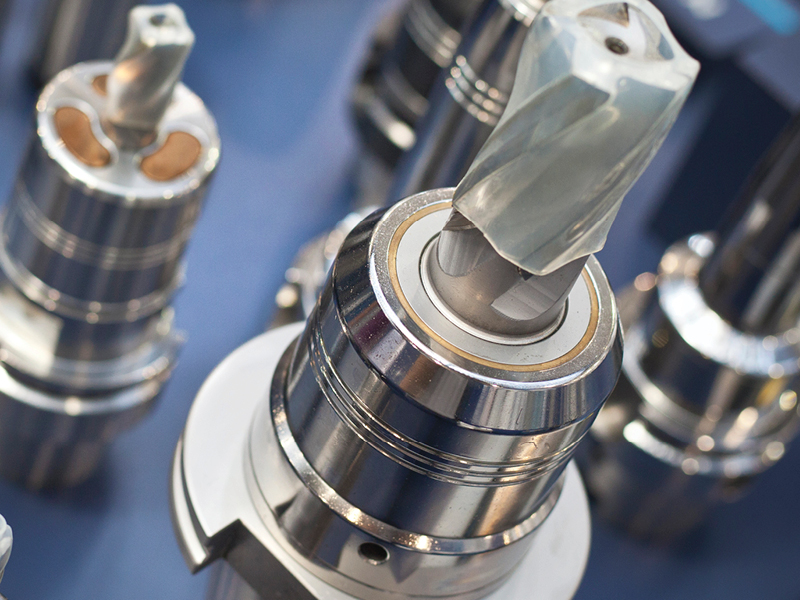Rotary Vibrator Suitable for Orthopedic Implant Finishing
Rosler’s R 150 DL-2 rotary vibrator is designed to avoid part-on-part contact for processing orthopedic implants, achieved by mounting workpieces to a fixture inside of the work bowl.
Edited by
Rosler’s R 150 DL-2 rotary vibrator is designed to avoid part-on-part contact for processing orthopedic implants, achieved by mounting workpieces to a fixture inside of the work bowl. As a result, movement between the media and workpieces is much more intensive than workpieces moving loosely, enabling complex geometries to be reached.
The R 150 DL-2 can process a variety of orthopedic parts including hip femoral heads, acetabular cups, knee joints (femur and tibia), and shoulder and ankle joints. It is said to be ideal for deburring, edge radiusing, surface smoothing and high-gloss polishing. According to the company, surface roughness readings of 4 to 6 microinches Ra can be achieved.
RELATED CONTENT
-
Choosing The Best Drill Point Geometry
The more common twist drill point geometries often are not the best for the job at hand. By choosing the best point for the material being drilled, it is possible to achieve better tool life, hole geometry, precision, and productivity.
-
Rolling Threads Has Advantages
With macros and canned cycles resident in the CNC on most contemporary turning centers, single point turning of OD threads can seem like almost a default process decision. However, for numerous applications, OD thread rolling has inherent advantages as an alternative to cutting threads.
-
A New Milling 101: Milling Forces and Formulas
The forces involved in the milling process can be quantified, thus allowing mathematical tools to predict and control these forces. Formulas for calculating these forces accurately make it possible to optimize the quality of milling operations.









 (1).1676494398075.png)

